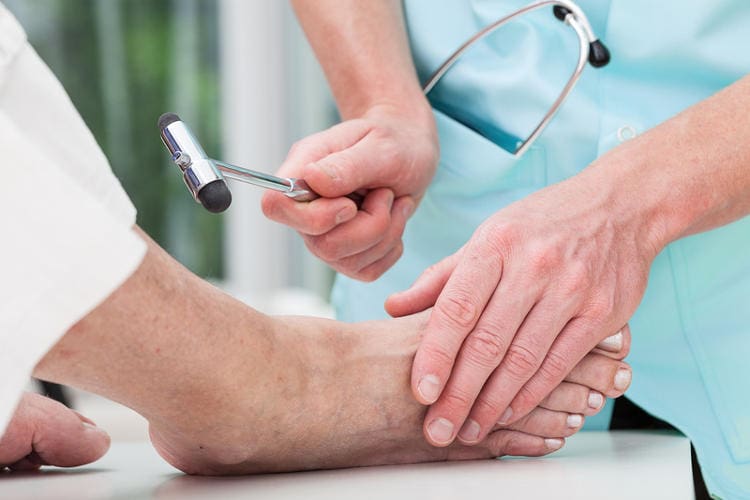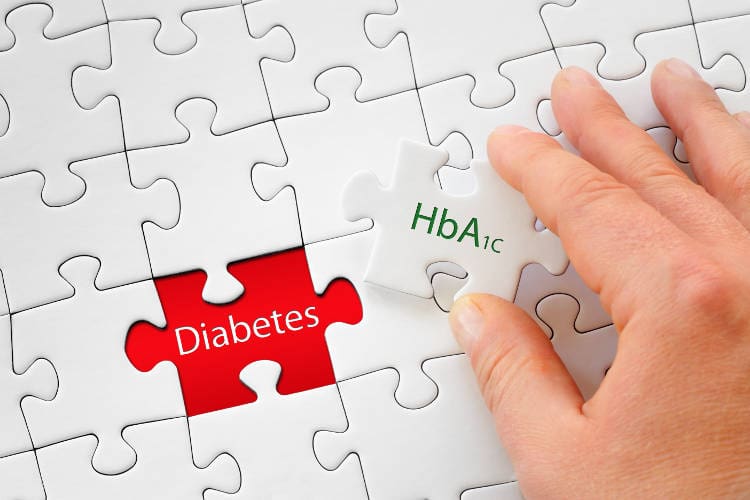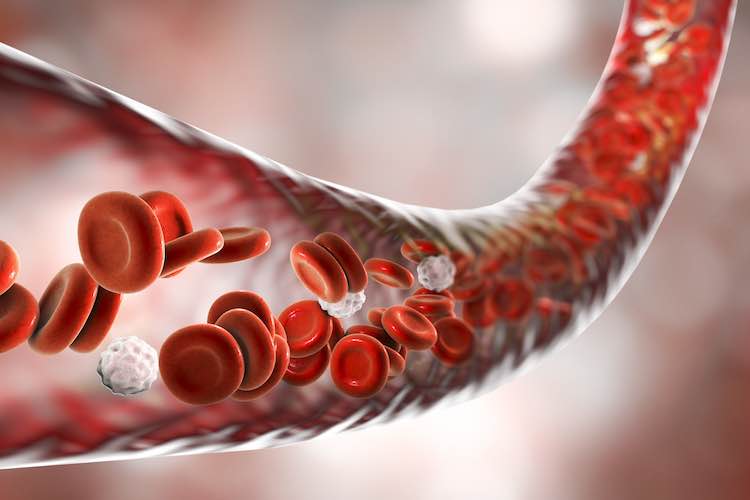Pulmonary embolism (PE) happens when a blood clot blocks one of the arteries in the lungs. Find out about the causes, diagnosis, treatment and prevention of PE.
blood
Diabetic conditions affecting the legs and feet
The feet and legs are common sites for complications in people with diabetes, and for this reason good foot care is very important.
Heart attack
A heart attack (myocardial infarction) means the blood supply to part of the heart muscle has become blocked. Early treatment can reduce muscle damage.
Heart transplants
There are treatments for heart failure, but for some people a transplant is the best option. Heart transplantation is generally a successful procedure for advanced heart disease.
Type 2 diabetes
Type 2 diabetes usually begins with insulin resistance and often goes hand in hand with obesity, high blood pressure and high cholesterol.
Hyperglycaemia in diabetes
Hyperglycaemia means too much sugar (glucose) in the bloodstream. For someone with diabetes it means their diabetes is not well controlled.
HbA1c test results and diabetes
The HbA1c (glycated haemoglobin) test is a useful, simple and inexpensive blood test that can be used to diagnose diabetes and also to monitor blood glucose control in people with known diabetes.
Diabetes: tablets for type 2 diabetes
Tablets used to treat type 2 diabetes are known as oral hypoglycaemics or antihyperglycaemics. They may be used on their own and some can be used in conjunction with each other, or with insulin.
von Willebrand disease
Find out about Von Willebrand disease, an inherited bleeding disorder that affects up to one in 100 people.
Blood and bleeding
Blood makes up about 8 per cent of a person's body weight. In a normal-sized adult, there are about 5 litres of it. Blood is not a single substance, but a suspension of several components, held together in a straw-coloured fluid called plasma.







